Photo Courtesy of Kirtrina Baxter
The Blacker the Berry: Finding My People
By Kirtrina Baxter
I first learned of permaculture in 2006. I was living in the mountains of Upstate New York, where my daughter and I loved everything from growing food to swimming in lakes. Jumping in waterfalls was our thang, and creating rituals around our Earth-based spirituality grounded us and gave us joy. Using systems observed in ecosystems to design human-made gardens seemed like a natural addition to my Earth-centered lifestyle.
I joined a group on a trip to Davenport, New York, to hear one of the superstars of the permaculture movement speak. At that time it was not uncommon for me and my child to be the only Black people in a setting. I was not surprised this event was the same. From then on, my exploration proved that permaculture seemed to be a very White movement, despite its indigenous roots.
I encountered the first person of color in the field about two years after that event, when I met Monica Ibacache, who now runs Beyond Organic Design, a sustainability education nonprofit out of New York City. The night we met, we stayed up late talking about the many different natural living practices that spoke to us. Gazing out of an octagonal window, we sat in the living room of a shared friend’s geodesic home in Vermont, dreaming of a future that would include many such structures and thoughtful lifestyles among diverse people.
Several years later, we found ourselves on a panel together. In 2015, Ibacache was tapped to address the issue of the lack of diversity in the movement at the first North American Permaculture Convergence. She invited Black and Brown folks for panels and workshops—myself, along with amazingly talented Black and Brown women permaculturists like Pandora Thomas and Anandi Premlall, both known for teaching permaculture design certifications specifically for women and people of color.
Photo Courtesy of Kirtrina Baxter
The idea was to discuss the lack of diversity in the permaculture movement over the weekend, but some attendees still had mixed feelings over the integration of these social topics into the event. There was an uprising of women who wanted to stand in solidarity with Black and Brown folk, as they too saw the movement as very White and male-dominated, as well as racist and sexist. Yet others failed to recognize permaculture’s crucial role in combating white supremacy, which is realized through capitalism and contradicts permaculture’s tenets of Earth care, fair share and people care.
At this point, I was back in Philadelphia, just learning about agroecology from Black farmers throughout Delaware, Maryland and Virginia. The year before, I went to a gathering called Seedkeepers of Color, where I met many powerful Black and Brown farmers. It was a warm feeling to meet other farmers who looked like me and who shared a similar connection to the land. We shared dreams around the fire while playing drums. This and other experiences brought us closer together. Some of us eventually formed Black Dirt Farm Collective, a collaboration of Black farmers, educators and creatives encouraging agroecology and Afroecology along the East Coast through encounters and farmer brigades.
People’s agroecology, as I have encountered it, is a practice and a political formation that holds space for the ancestral-land-management practices of agrarian people, which are in right-relationship with the Earth. It also honors the cultural expression of the people working the land who share a political understanding of what the land and agriculture mean for the sovereignty of people.
As Black farmers, the legacy of George Washington Carver serves in our ancestry and lineage of agricultural knowledge in the United States, as well as Booker T. Washington and Ella Baker, who were both pioneers and broadened opportunities for the Black community through agrarian education that included economic possibilities with the goal of community freedom.
So many of the natural farming practices I have learned somehow feel innate, like they are imprinted in me. I know I will continue to have this connection as I grow, because this knowledge has been transferred down to me through my lineage, in my DNA. I remain empowered through my knowledge and understanding that these growing practices are a part of who I am, as a descendant of indigenous agrarian people, and as a daughter of the Goddess.
As for permaculture, my feeling is that it draws from these living and ancestral sources of indigenous knowledge and codifies it as its own system of land design, without acknowledgement of its origin. To deny or devalue the depth of importance that preservation of historical cultural knowledge and expression is to a people, is unjust. Interestingly enough, what I realized after being in Upstate New York for nine years, searching for this multicultural experience within nature, is that I was a lot closer to that in Philadelphia, an urban setting.
Photo Courtesy of Kirtrina Baxter
The city hosts peoples from all over the world, and though we may not all live in the same neighborhood or be surrounded by woods, we each still have a portion of the city that feels like home. Because of this, our cultures can be passed down and our traditions honored among ourselves, even if not to others. I love it when I visit my friend from Vietnam in South Philly, and I can breathe in the aroma of the spices of her culture coming from the kitchens of families on the block. Or when I’m driving through Fifth Street and Aramingo Avenue, and I hear the bomba of Puerto Rico blaring from the speaker on the corner store.
These things show that although we may not have equal access to institutional benefits, we continue to coexist. We have access to each other, and that allows us to remain strong in who we are, which in turn will enrich our struggle for equality.


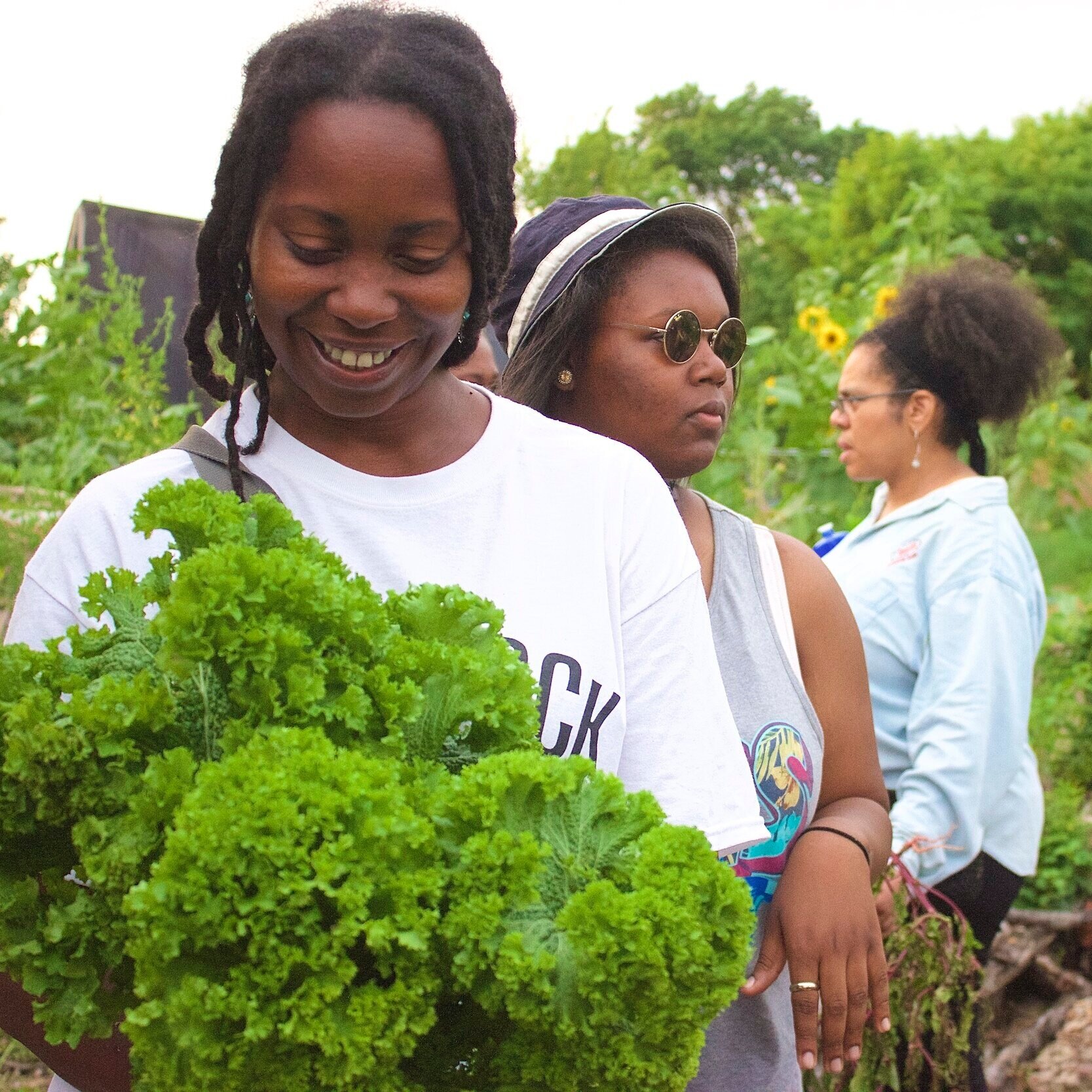

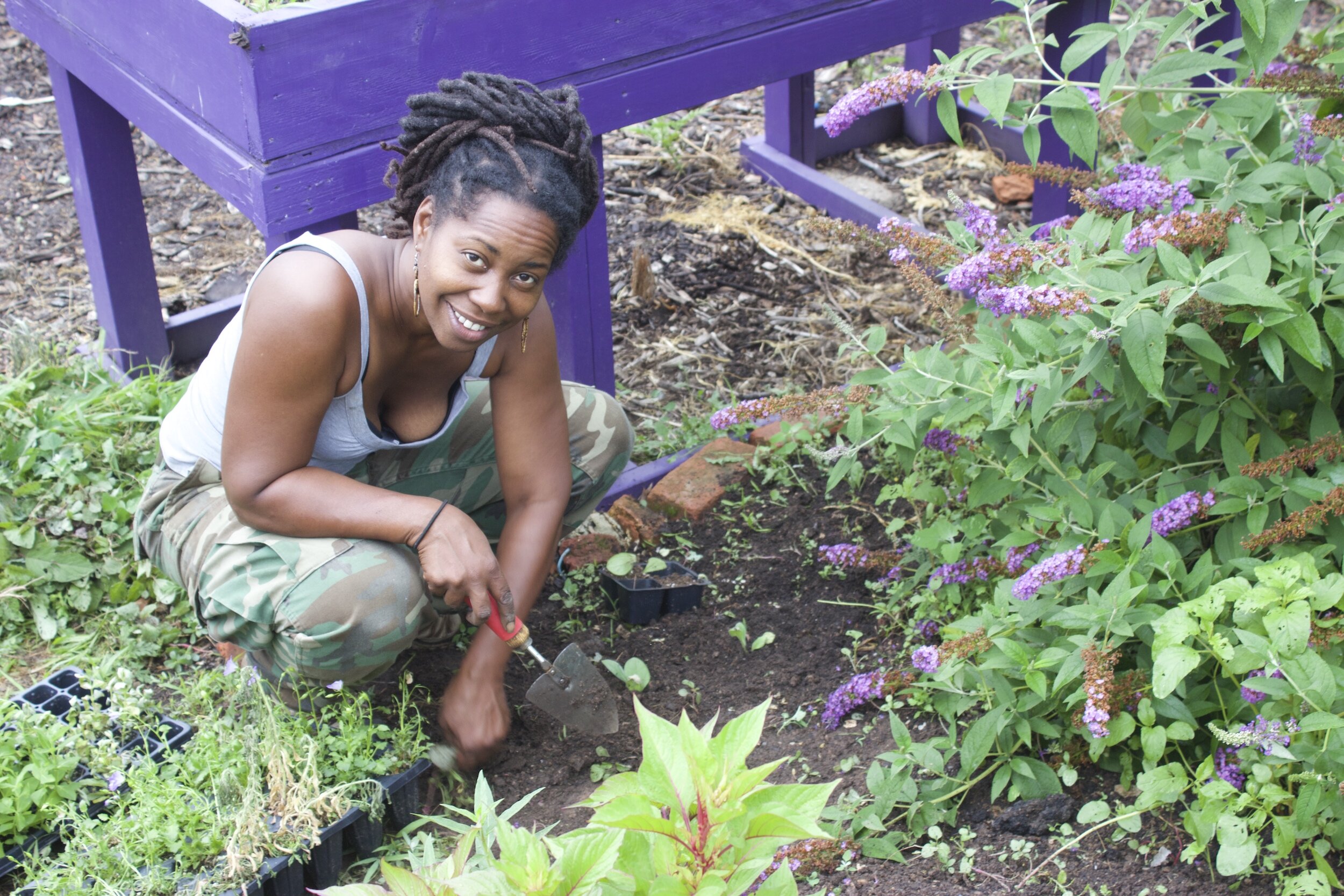
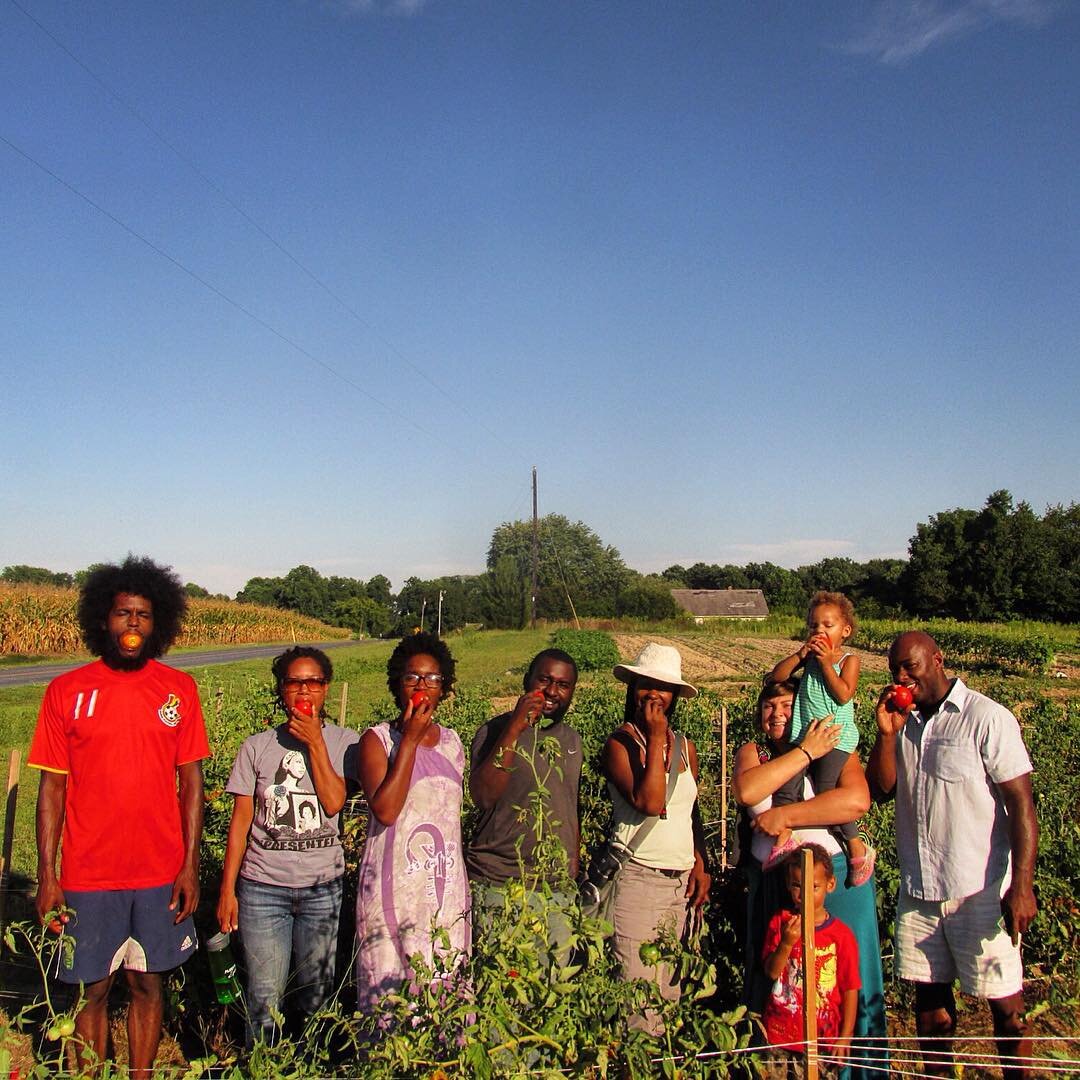
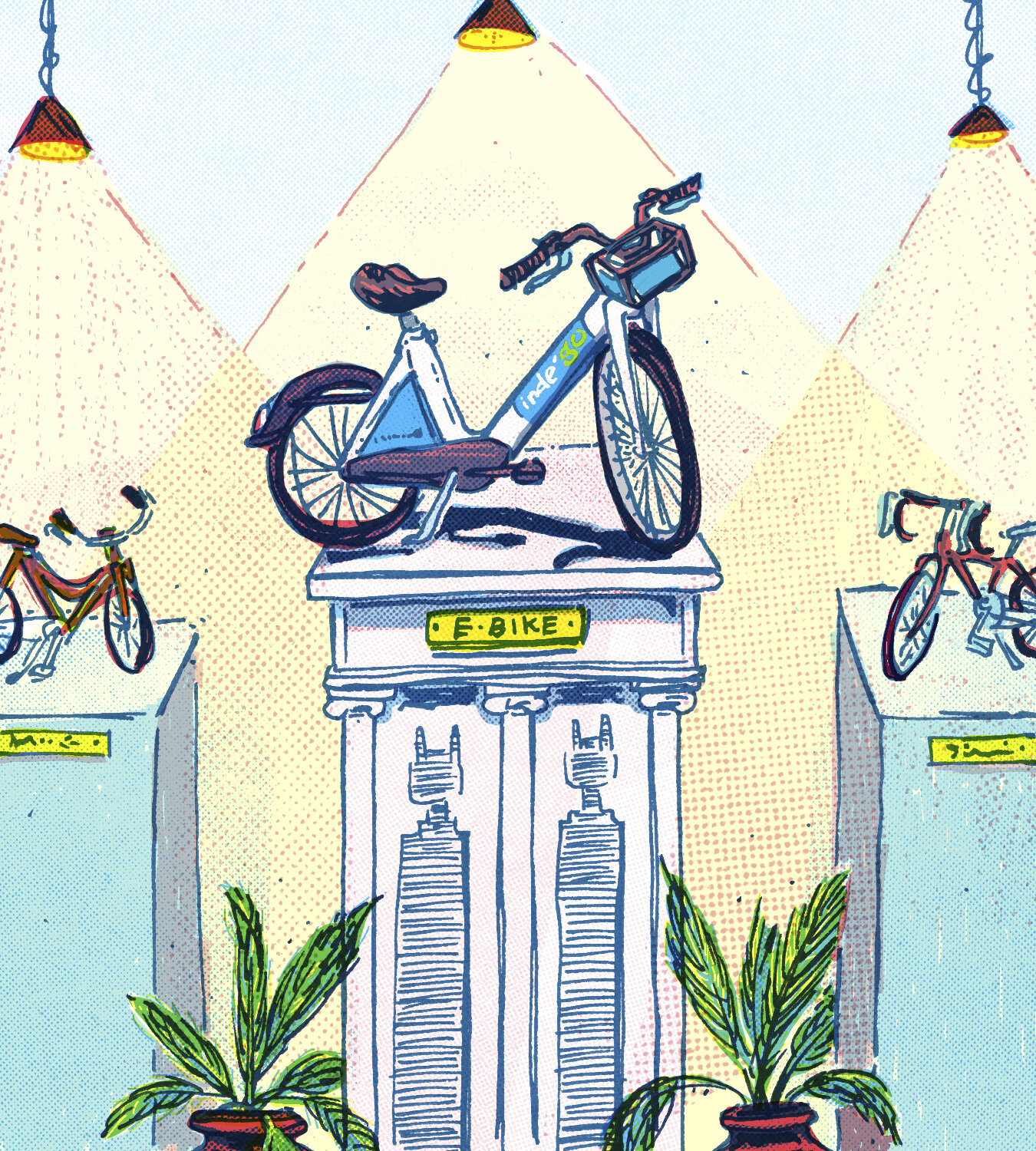
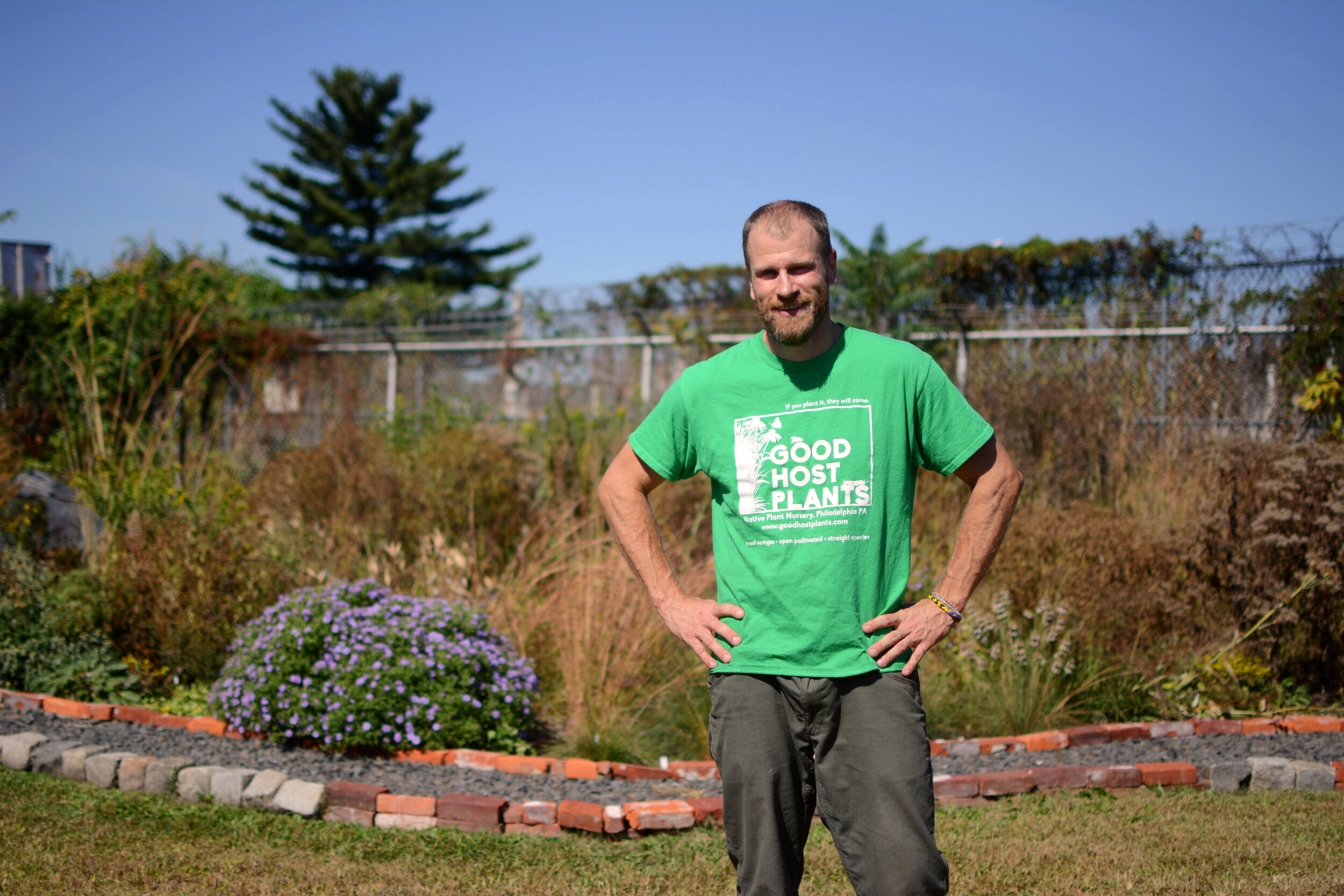
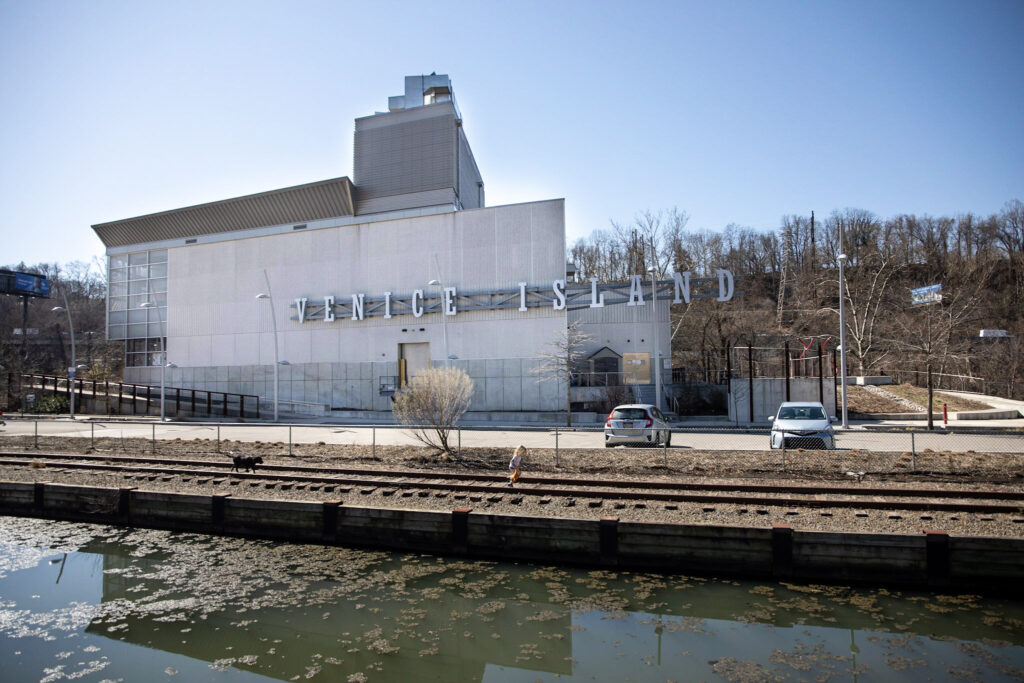
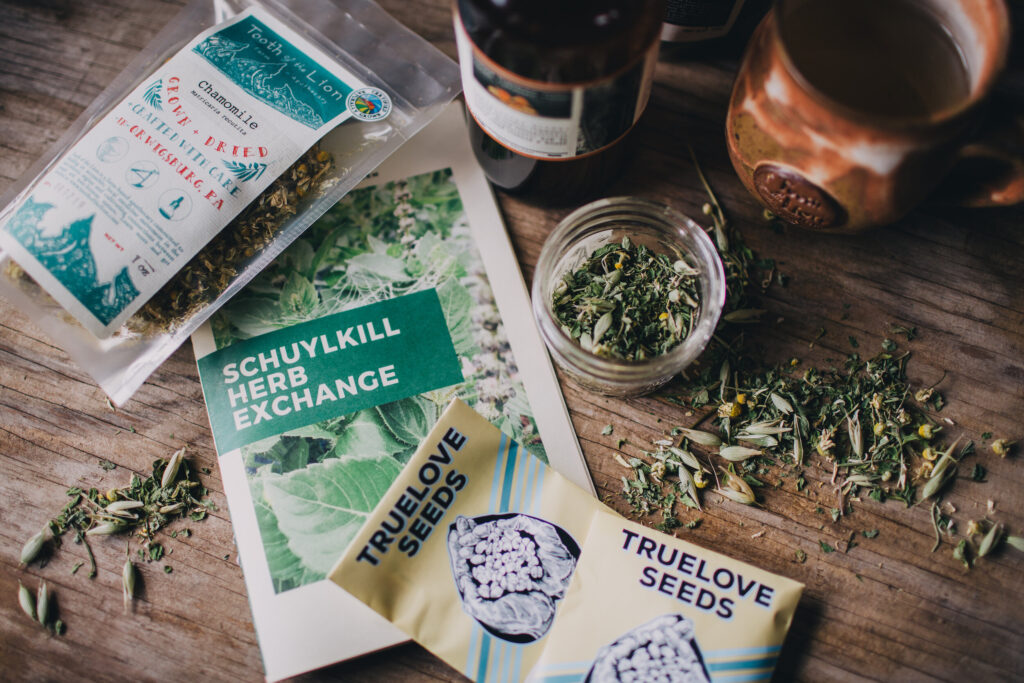

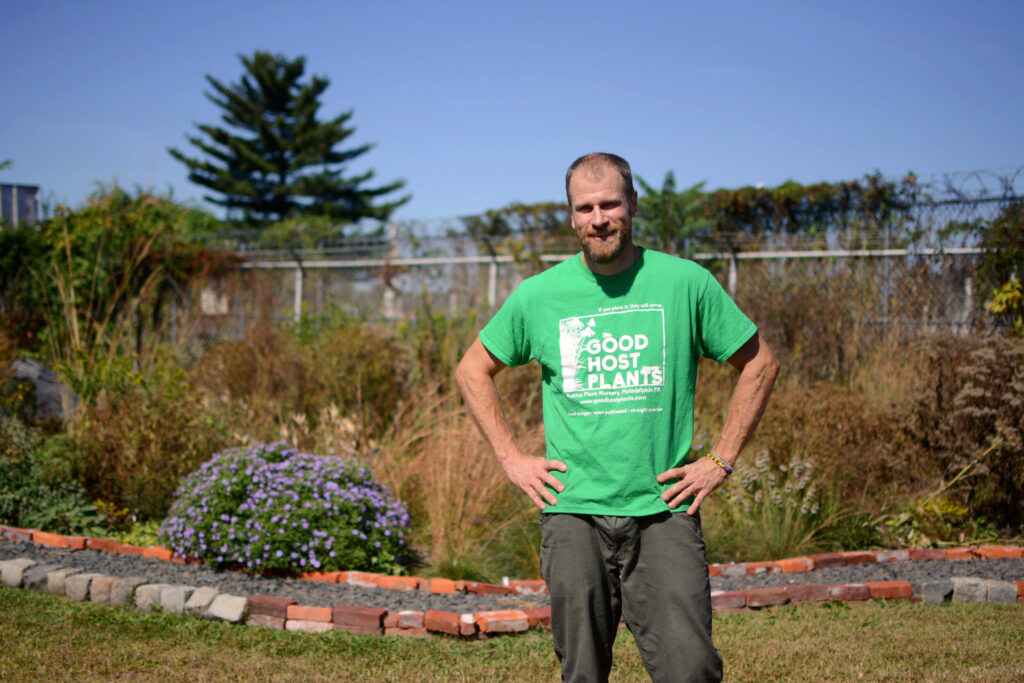
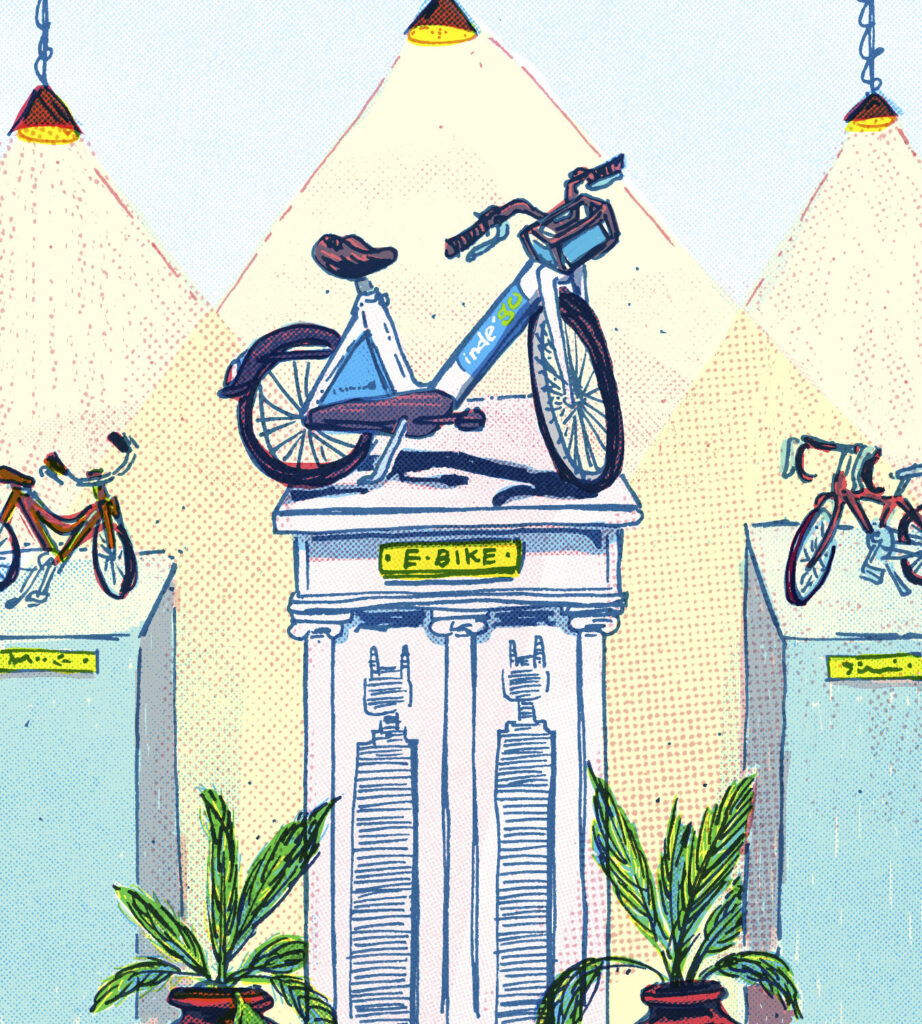
Dear friends,
I moved to the Island of St. Lucia in 1982 as a Baha’i pioneer. Married St.Lucian Moses Auguste in 1989. In 1984 I longed for a way of farming that included care and diversity for all of Gods creatures. Soon a friend from Barbados told me about Bill Molison and I was stunned by his work and insights. I soon bought his Designers Manual. later By the operation of Providence I was invited to Barbados to meet him. It was very exciting. Over the years here I have become concerned about Black farmers in the U.S. and was extremely happy to find your site. I have not done much here on my own but I am eager to learn more and spread the word for dear Bill who has passed to the next kingdom. I believe we are at the threashold of the day that “the meek shall inherit the earth” and lets turn this place into the garden of Eden. The light of true Faith shines from the black pupil in the eye of the body of mankind. T(hat concept is in our Baha’i holy writings) Baha’i.org
Looking forward to collaboration in learning and teaching.
Love- Nancy